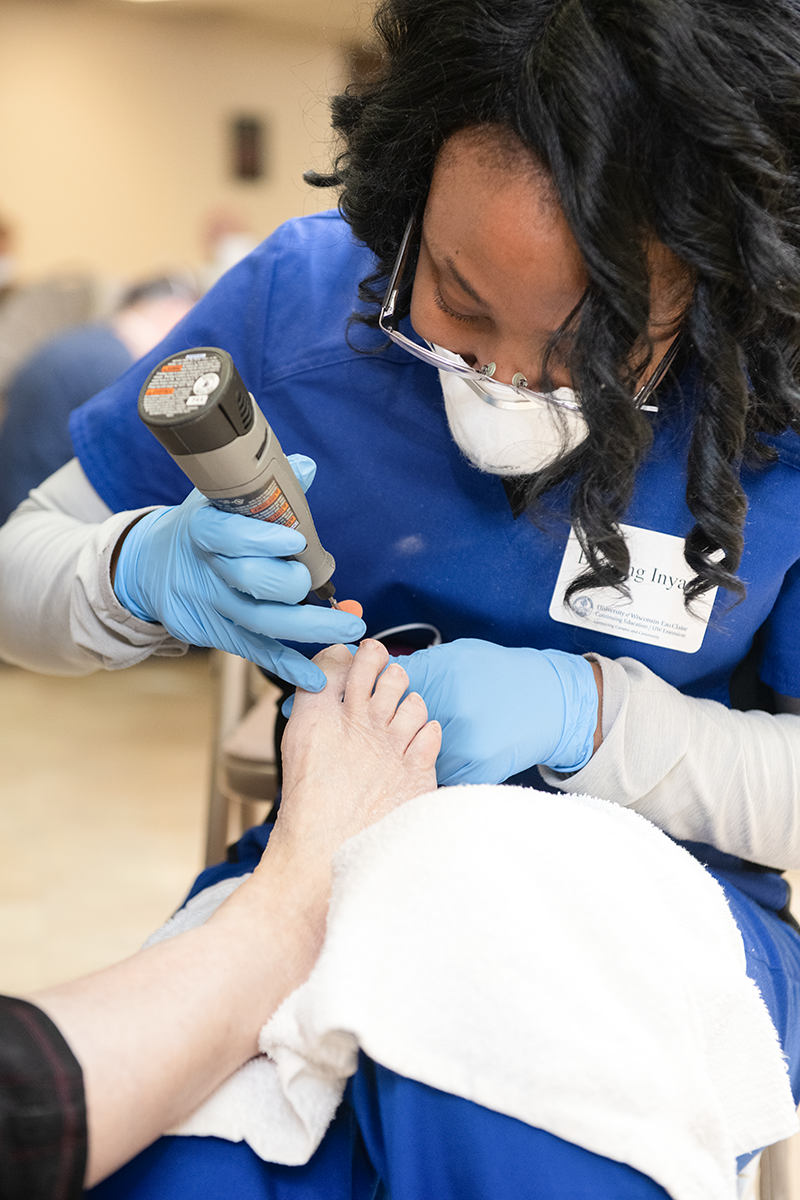| Anthrax information About 95 percent of anthrax infections are from the bacteria entering the body through a cut. The infection usually starts as a raised, itchy bump resembling an insect bite. Within a day or two it turns into a darkening blister or one with a dark spot in the middle. The lesion may not appear in the same spot as the break in the skin through which the spores enter. Anthrax poisoning is not contagious among people. Source: Associated Press |
Despite cases continuing to occur on the East Coast, anthrax infections are “highly unlikely,” according to an expert with State Medical Society of Wisconsin.
In a press release from the medical society, Dr. Dennis Maki, an infectious disease expert with the University of Wisconsin Hospital in Madison, stressed that if people come down with flu symptoms, it’s almost certain it’s the flu and not anthrax.
Sasha Showsh, a biology professor with the university who specializes in bacteriology, said the odds of a person becoming infected with anthrax are slim.
The process of creating a lethal strain of anthrax is difficult, Showsh said. Besides acquiring the anthrax disease, its spores also have to be grown to a certain size to penetrate a person’s lungs, he said. Hundreds of thousands of spores would have to get into the body to cause infection, Showsh said.
“It’s not just one of those things where you get one spore and you get anthrax,” Showsh said, adding the anthrax attacks are meant to scare people.
“I’m not losing any sleep over it,” Showsh said.
Symptoms of anthrax vary depending on how it was contracted, but usually occur within seven days after exposure, according to the Center for Disease Control and Prevention Web site.
Sophomore Leah Schlegenmilch said she is not “going to let the terrorists win” by allowing herself to be scared of the anthrax cases. But she admits it’ll be on the minds of many when flu symptoms occur.
“You’re always going to be second-guessing whether you have the flu or anthrax,” she said.
Dr. Ayaz Samadani, former president of State Medical Society of Wisconsin and a family physician in Beaver Dam, said anthrax symptoms can be more severe than influenza, such as shortness of breath along with a high fever.
The disease still is treatable when symptoms occur but people should be treated once they suspect an exposure or contact with anthrax, Samadani said.
According to the CDC Web site, a vaccine also can prevent infection but isn’t recommended to the general public to prevent disease nor is it available.
Most of the anthrax cases have involved high-profile people in large cities, but the “targets could be anywhere,” Samadani said.
By the State Medical Society informing the public about the reality of anthrax infections, Samadani said hopefully people won’t panic and will make educated, informed decisions.
“Every day we have to remember we have to be more cautious,” Samadani said.






